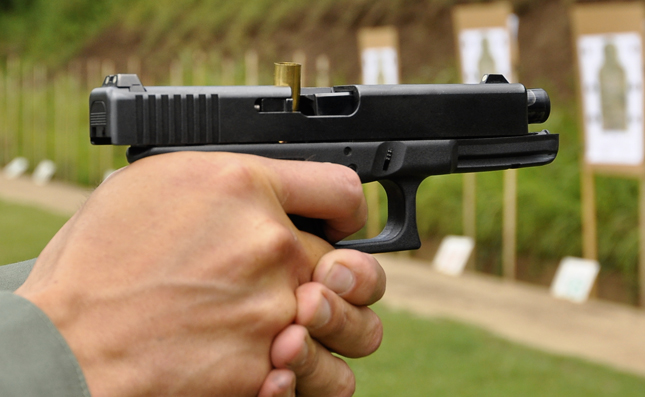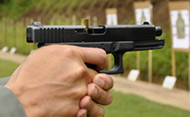Common Firearm Malfunctions Caused by Reloading Mistakes
13th Apr 2016

Nothing spoils a fun afternoon of shooting quicker than firearm malfunctions and hangups. Although most reloaders don’t experience a high rate of problems, beginner handloaders can take a while to work out the kinks to get their rounds performing reliably and accurately. Here’s a short guide to some of the more common issues and what might be causing them.
Problems with Cycling
Firearms cycling – the process of loading, firing, and loading a fresh round – can get a user easily hung up on some of the more common reloading mistakes. Although semi-auto actions are the most susceptible to cycling issues, even bolt action rifles can have issues cycling if the mistakes are serious enough.
The most common causes of cycling issues include using the wrong size of cases or using bullets that are not seated and crimped correctly. Double check your cases are the right length (trim if needed) and practice seating bullets until you can get it just right.
Extraction issues can also be caused by handloading errors. If your pressures are either too high or too low, the action may not cycle correctly. Too low of a powder charge may not work the action on semi-auto firearms, and too much powder can cause excess pressure that will expand the case too much, bulging and jamming it or even rupturing it, which can be dangerous.
Things To Check
- Case is the proper length
- Bullet is not seated too far out of the case
- Bullet is not crimped too loose – strong recoil can move the bullet forward
- Bullet is not crimped too hard – this can cause bulges in the case
- Primer is seated correctly – if the primer is sticking out it can jam actions and be dangerous
- Powder charge is within specs for your reloading recipe
Problems with Firing
If some of your rounds aren’t going off correctly or if you experience far too much recoil compared to factory loads, you should carefully double check the following details.
A common cause for reloads not firing is having primers seated too deeply, which may cause the firing pin to not strike them hard enough to ignite.
Another possible malfunction is caused by improperly seated primers. This is known as a “hang fire,” which is the perceptible delay between the hammer hitting the primer and the bullet firing. These are caused by the powder starting to burn slowly and taking a small amount of time to build up enough pressure to fire the round. Hang fires can be dangerous; if the bullet doesn’t get enough pressure to leave the barrel it may get stuck. Check your firearm over carefully if you experience hang fires.
One other problem is excessive recoil which is usually caused by either too much powder in the reload or damaged cases. Double check you’re using the right kind of and the correct amount of powder. Double check all your cases for very small cracks near the neck or bottom since these cracks let extra gases escape and can even cause ruptured cases. Also look for dents; when a dent is large enough, it will reduce the capacity of the case, which causes too much pressure.
Things To Check
- Primer is seated correctly – keep primer pockets clean and check depth
- Proper kind and amount of powder – stay within specs
- Cracks in the case – turn it over in your hand to feel for cracks
- Dents in the case – sometimes case lube buildup can cause dents
Problems with Accuracy
Many shooters get into reloading to improve accuracy, which makes accuracy issues even more frustrating. Before you start to diagnose the problems make sure your rifle is accurate with factory loads and any optics are properly zeroed.
The first thing to check is your reloading recipe: make sure to use only well-documented and proven loads to get the most accuracy.
Many accuracy issues can be traced back to the case. Use only high-quality cases and fire form your brass for the best results. Fire forming is using cases that have been fired once through the exact rifle for which you are reloading. This expands the case to the exact dimensions of the chamber, and combined with neck only case reforming aids in accuracy.
Also make sure your powder load is accurately measured and consistent. Overloading on powder can actually decrease accuracy.
Proper bullet seating is also critical to accuracy: make sure the depth and crimp is right on. Many precision shooters choose to seat the bullet farther out for a very tight mating with the chamber. This can aid accuracy, but make sure it’s consistent and not seated too far forward.
Things To Check
- Double check rifle is accurate with factory match loads
- Use a high quality reloading recipe – start with a proven formula before you alter it
- Use high quality cases – fired once through your rifle is possible
- Make sure powder load is accurate and consistent
- Seat bullets consistently and slightly more forward if needed
We hope these pointers help you diagnose any issues you may be experiencing, and as always, have a safe and enjoyable time shooting!

